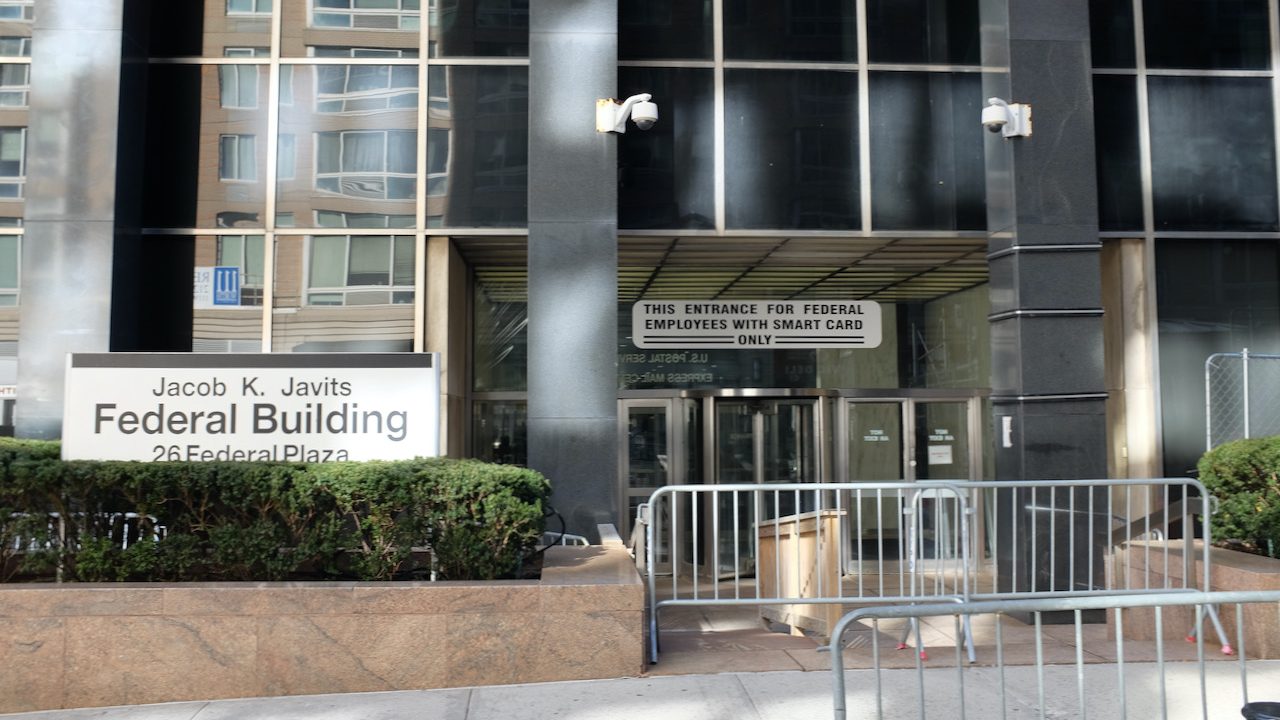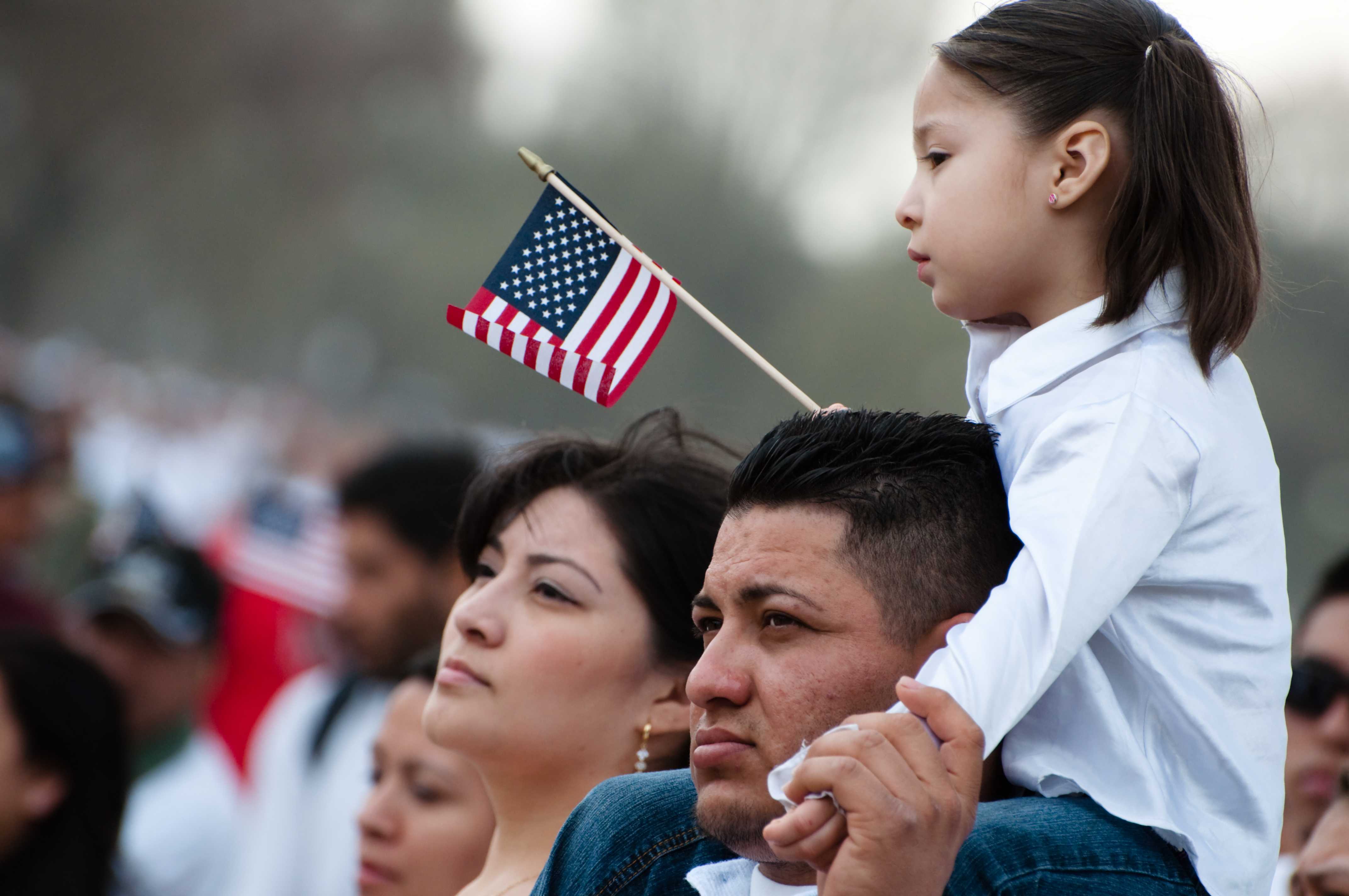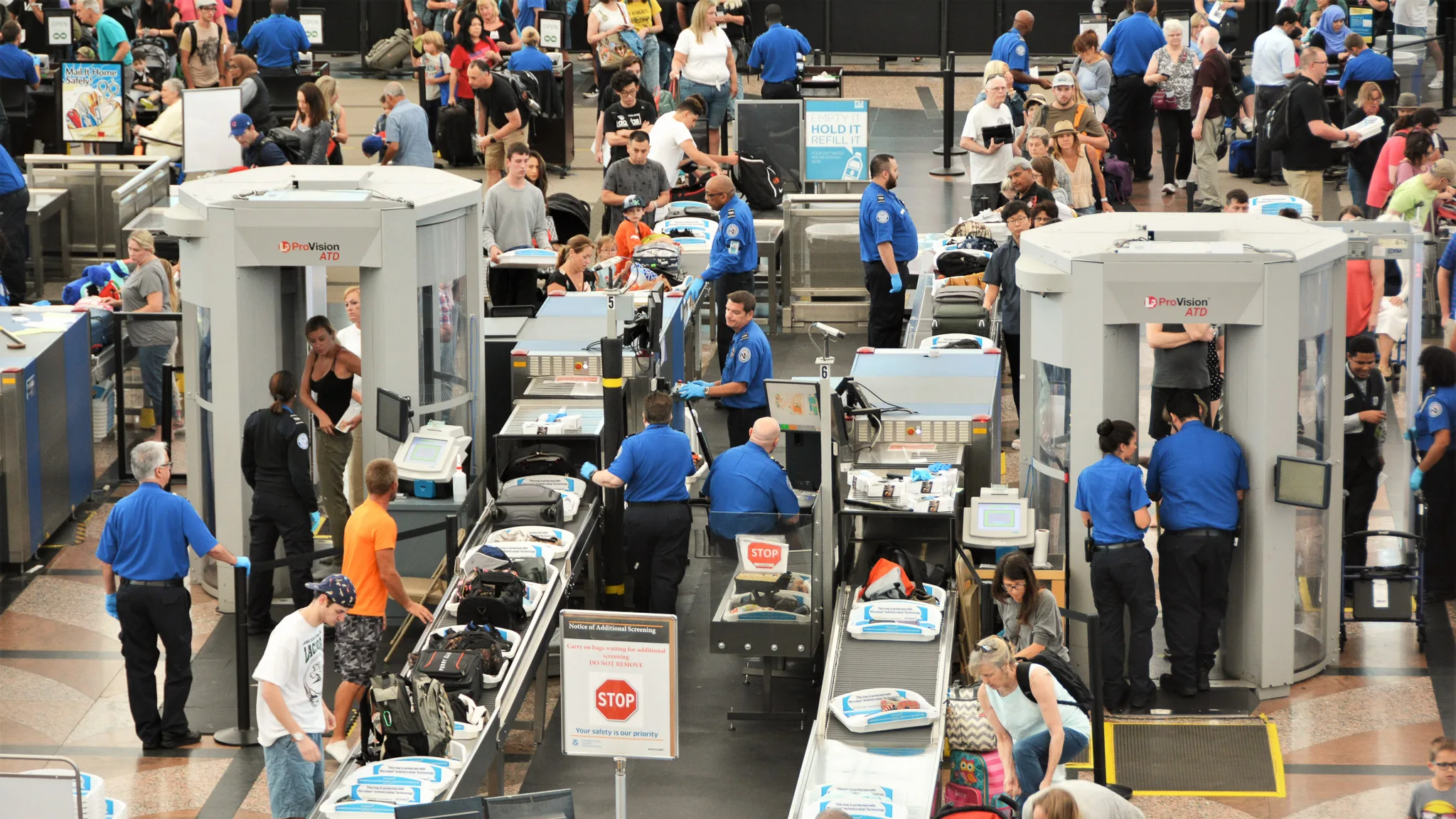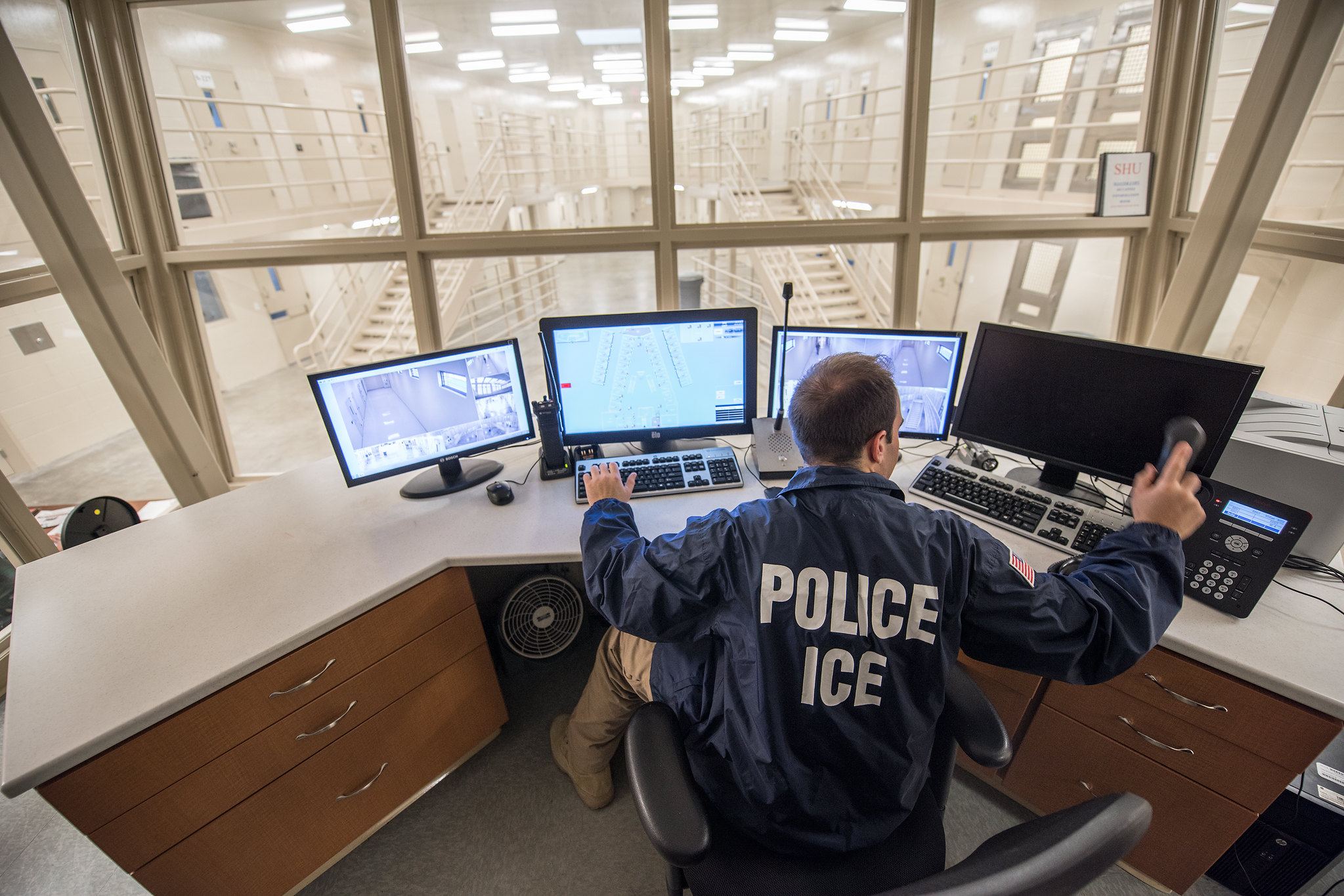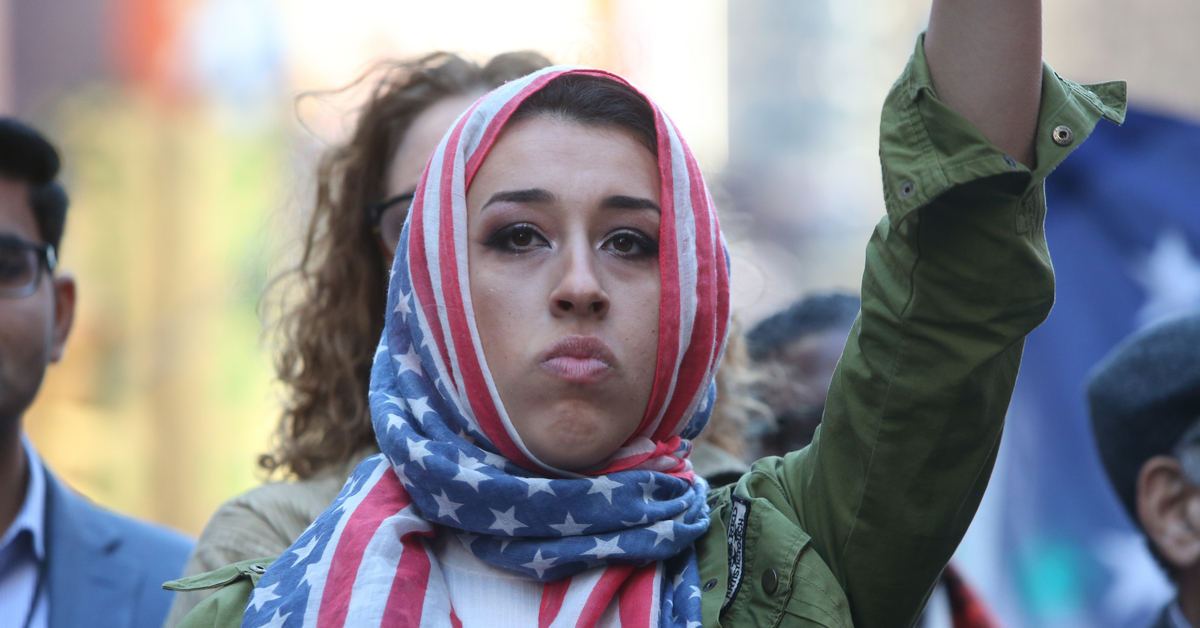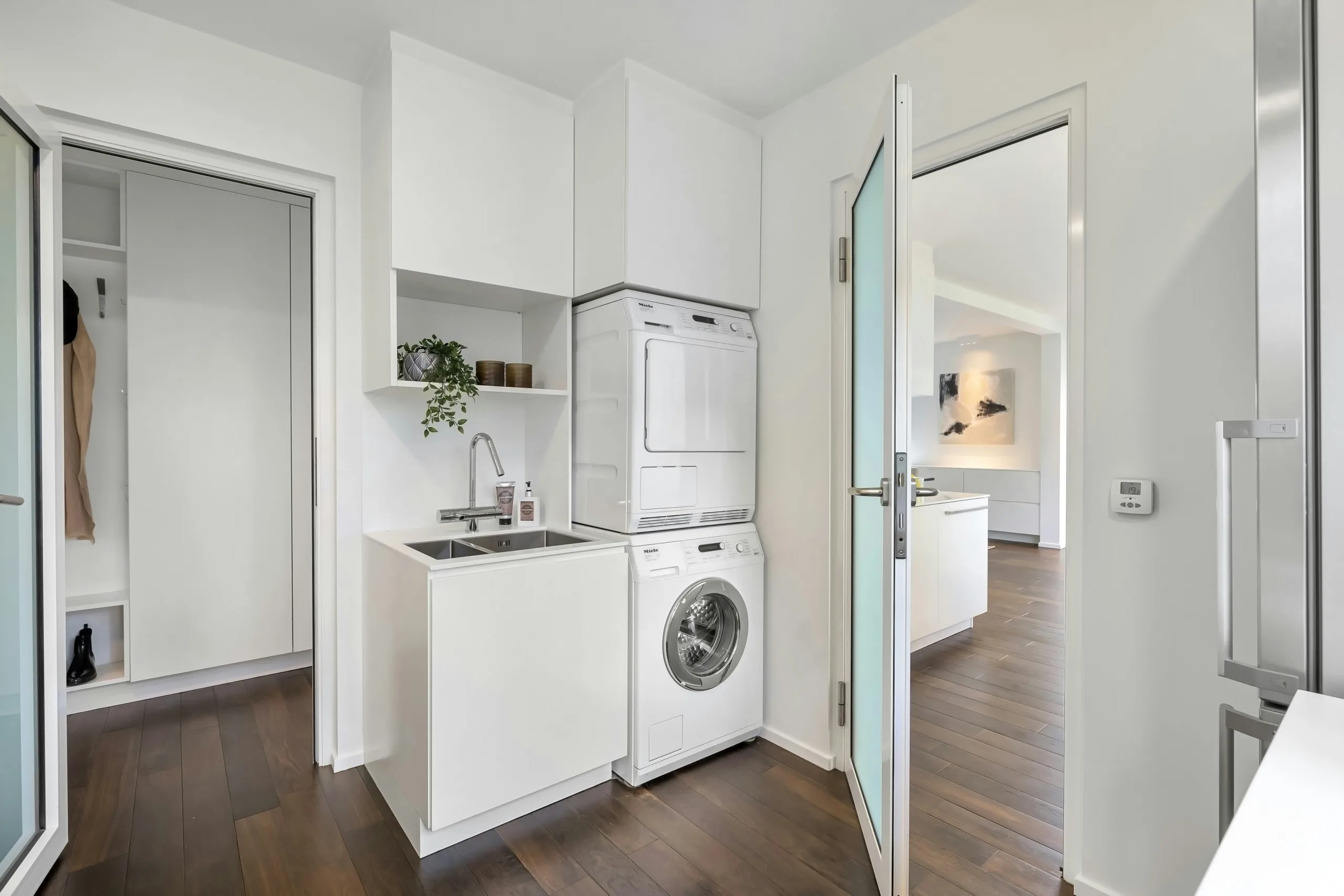This summary about chaos at 26 Federal Plaza in Manhattan was featured in Documented’s Early Arrival newsletter. You can subscribe to receive it in your inbox three times per week here.
In Documented’s latest report, our Immigration Enforcement reporter Giulia McDonnell Nieto Del Rio reports that immigrants face disarray when waiting outside 26 Federal Plaza — the building that houses New York’s ICE Office for check-ins, the city’s busiest immigration court, and the U.S. Citizenship and Immigration Services office.
The difference between the ICE check-in line and the immigration court date line may not be clear: The line for ICE check-ins sometimes begins the night before, as hundreds of people gather on one side of the building. Around the corner is the line for immigration court. It’s shorter, begins later, and moves more quickly as people are let in to get their court dates.
Three crucial factors have left many immigrants susceptible to missteps: An absence of signage for the separate lines, a dearth of attorneys to guide individuals through the processes, and a lack of adequate instructions in native languages all can create problems for immigrants.
On a recent rainy Wednesday at 26 Federal Plaza, shortly after 7 a.m., there were about 200 people in the line for check-ins with ICE. But the line for immigration court had about 50 people. Individuals crammed around security guards and officers to understand where they should stand or asked others already in line.
A guard near the court line told some people appearing for appointments, in English, to show their paperwork, and shouted appointment times for people to step forward. But many spoke other languages, including Spanish, and seemed unsure of the guard’s commands. At one point, more than a dozen people gathered around one guard, holding up their papers and pleading for some direction on where to go.
Confusion at the check-in lines: Jorge, who had arrived from Peru to New York about seven months ago, said he entered the ICE check-in line at 4:30 a.m. He said he assumed that’s where he had to file because there were so many people in line.
When he neared the entrance of the building in the ICE check-in line, an official reviewed his paperwork and redirected him to the line for immigration court, he said. But once he was in line for court and asked for help again, another guard told him in English to go back to the ICE line.
Shortly after, he was once again told by a separate guard in Spanish to stay in the immigration court line. Read the full report on Documented.
With the last day of the year inching nearer, Documented needs your support to strengthen its mission, increase its impact, and grow NYC’s best news resource for immigrant communities. All donations are tax-deductible and will be doubled until December 31.
STORIES WE ARE FOLLOWING
New York
Nigerian child chess prodigy granted U.S. asylum: The family has announced they have been granted asylum by the U.S. government, concluding a dramatic five-year journey that began in a terrifying way. — BBC
Woman admits to unknowingly funding effort to kidnap Iranian American journalist in Brooklyn: Four Iranians used a woman in California as a go-between to kidnap Masih Alinejad in New York, the woman said. The woman pleaded guilty to conspiracy to violate U.S. sanctions on Iran. — The New York Times
How to safely charge, store and maintain your e-bike and batteries: Fires caused by the lithium-ion batteries in e-bikes — many of which low-income immigrants use for deliveries — are on the rise. Here’s how to stay safe. — THE CITY
E-bike theft and traffic accidents lead City’s delivery workers to protect themselves: The Solano cousins started the Delivery Boys Facebook page in 2020 to share information with other delivery workers. Now two years later, the page has more than 43,000 followers. — The Indypendent
For immigrant New Yorkers, faith is something bigger: For many, religious communities are more than a spiritual respite from city life. “Priests are the psychologists for the immigrants,” said Rev. Manuel De Jesús Rodriguez. — The New York Times
Around the U.S.
Special report — Child workers found throughout Hyundai-Kia supply chain in Alabama: As many as 10 Alabama plants that supply parts to Hyundai or Kia have been investigated for child labor. — Reuters
Texas leaders call increase of migrants at the border an invasion while targeting aid organizations: Texas attorney general Ken Paxton said his office is investigating whether recipients of funds from the Texas Bar Foundation were using it to “support the border invasion.” — KERA News
How to donate items, volunteer time for migrants in El Paso: An encampment has formed outside the Greyhound bus station, where individuals are bringing water, food, blankets and other supplies, including a mattress. — El Paso Matters
Asylum is supposed to be free. A pastor’s enterprise collects money anyway: The pastor says payments can let asylum seekers easily enter the U.S. via an opaque, bewildering patchwork of exemptions to Customs and Border Protection exemptions. — AP News
New L.A. Times, YouGov, poll shows most Americans support asylum for immigrants fleeing persecution, and DACA: The poll surveyed a nationally representative sample of 1,573 adult American citizens, who were interviewed online Dec. 9-14. — The Seattle Times
Andrea Orea crossed the border as a child. Now, she helps clients navigate a broken system: As a Director at Catholic Charities of San Francisco, the empathy she has for immigrants is inspired by her own story crossing the border at age 5 without her parents. — CBS News
Washington D.C.
Judge in Texas halts Biden’s attempt to end Title 42: U.S. District Judge Matthew Kacsmaryk issued a stay on the effort to terminate Title 42, while Texas and Missouri’s attempts to force its continuation are considered in court. — The Washington Post
